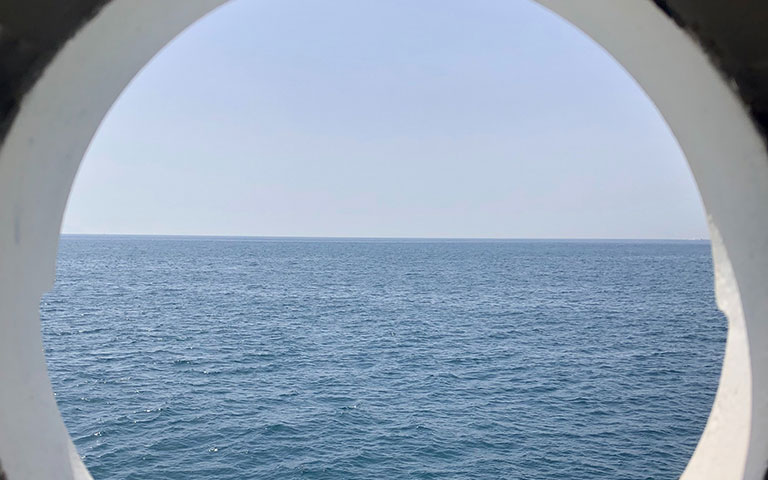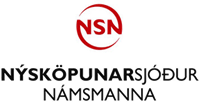
Cultural Policy and Creative Industries at Crossroads
Cultural Policy and Creative Industries at Crossroads, a Nordplus Horizontal funded network building platform between parties in the field of higher education, private sector and the public sector, has for the past year, worked in the aim to enrich the discourse within the scientific community researching culture and the creative industries (CCI’s) in the Nordic countries. Cultural policy in the developed world stands at a crossroads as the base justification for government expenditure relating to culture has changed. At the same time the importance and relevance of the creative industries has far from diminished. Over the past years awareness has grown as to the economic and sociological importance of these industries, which in turn calls for further research and statistical analysis. In the Nordic countries, there has been a shortage of systematic data collection, which would be useful in explaining this impact as well as for further research on the subject. The project has focused on the development of a network for international scientific collaboration and the sharing of resources between countries.
The Crossroads partners come from different fields, including representatives from statistical institutions, foundations for cultural research, universities, as well as from the private market. The project has nine initial partners; Bifröst University, Linnaeus University, Roskilde University, University of Tartu - Viljandi Culture Academy, CUPORE, Center for Cultural Policy Research, Telemark Research Institute, Statistics Iceland and the Tallinn Music Week/ Shiftworks OÜ and Tampere Hall Ltd. In June 2021 the network sought reinforcement and input from Kulturanalys Norden, the Nordic knowledge center for cultural policy. Kulturanalys Norden’s participation in the network building included a collaboration with the statistical institutes of the Nordic countries, a working group aiming to harmonize and improve CCI data in the Nordic region.
The growing network met, all in all, four times. First in June 2021 for introductions and organization. An online meeting was conducted in September same year and an online two day workshop at the end of January 2022. The final conclusion meeting of the network took place at the end of March 2022. Sadly the outbreak of COVID-19 disrupted plans of face to face meetings. The usefulness of the partnership and network building has already proved itself in an increased knowledge of neighboring countries' status of data collection and methodology. The augmentation of cooperation and the widespread notion of the importance of improvement of data collection, elevated sense of where to look for knowledge, shorter communication channels and better access to further collaboration have already been established.
Why do Culture and Creative Industries need stats?
Intellectual property rights are an important economic incentive as cultural production increases and consumption changes with technological progress. Without statistical data collection, it is difficult to measure these developments and understand the factors relating to individual branches of culture. From the network's discussions, it is evident that there is a great need for data development in culture and creative industries (CCI´s). Because there are different definitions of terms in various places, clear definitions are somewhat not available, different data are missing from national databases, and cultural differences affect how data is collected, the data cannot always be compared between countries. Knowledge building is also important to inform future policy.
By measuring, controlling, and communicating uncertainty, statistics provides the navigation necessary for controlling the progression of science and society. Data helps policymakers identify and measure problems and determine how to best use resources to address them. Also, statistics can shed light on how policy changes affect such problems, provide insights into policy analysis, serve as an evaluation tool as well as provide indicators of development.





